This new, energy-optimized school building utilizes solar and near-surface geothermal energy

During its first year of operation, the heat pumps have contributed their planned share to the heat generation and the PV systems have covered 35% of the electricity consumed
During its first year of operation, the heat pumps have contributed their planned share to the heat generation and the PV systems have covered 35% of the electricity consumed
The Willibald Gluck Secondary School in Neumarkt (Upper Palatinate, Germany) is a four-storey building with a net floor area of 11,500 m2 featuring energy-saving elements. Its two roof-integrated photovoltaic systems on the school and the gymnasium partially cover the building’s and users’ electricity needs, while heat pumps take advantage of near-surface geothermal energy.
After its first year in regular operation, the results of the monitoring are very encouraging: the heat pumps are contributing their expected share to the heat generation and the photovoltaic systems cover 35% of the electricity consumed for the building operation and use. There was also the option of solar energy storage via a vanadium redox flow battery, which has not, however, increased the proportion of self-consumed electricity during this year.
Energy surplus and storage
The building has a calculated annual energy demand of 25 kWh/(m2 p.a.) and an annual cooling energy demand of 10 kWh/(m2 p.a.). However, the final energy requirement for electricity is 40 kWh/(m2 p.a.), including the requirements of the user-specific equipment. During the first year of operation, the annual electricity consumption has remained significantly below the calculations (28.5 kWh/(m2 p.a.)) and with an output of around 290 kWp, the PV systems account for 35% of the annual balance. Even an energy surplus would be possible, as the system is designed so that it could be expanded to 600 kWp, but due to cost reasons, this is not planned for the time being.
There are times when the energy produced by the PV panels can completely cover the electricity consumption of both the school and the gymnasium and an average of 44% is used directly. Energy storage is managed through a vanadium redox flow battery, that has been running according to plan since August last year, but only reaches an efficiency of 50% instead of the hoped for 70%. And since it consumes more power for stand-by operation with a low PV yield than it stores, it will probably be turned off during the winter time.
Near-surface geothermal/agrothermal energy
As planned, two heat pumps supply 70% of the heat for the school and gymnasium (underfloor heating, concrete core temperature control and ventilation systems). Thermally activated foundation piles and a surface collector underneath the sports field and the waste heat from the servers are used as the heat source. A gas condensing boiler covers the peak loads and heats the hot water for the showers in the gymnasium.
Indoor ventilation and air quality
While all classrooms are mechanically ventilated via central ventilation units with heat recovery, the system automatically switches off when the windows are opened. However, the building’s façade is covered with colored-glass panels, which provide weather protection in such cases. Regarding the cooling, the rooms are cooled passively using concrete core temperature control, while the supply air is cooled using adiabatic exhaust air humidification. Despite some individual cases that needed adjustments, a high-to-medium air quality has been achieved with respect to the CO2 content.
It is worth mentioning that the new building welcomed the pupils at the start of the 2015/16 school year and since then it is undergoing intensive scientific monitoring of the system with operational optimization, which will last till summer 2018 at the earliest.
Source: BINE Information Service
Source: BINE Information Service
Want to read more like this story?
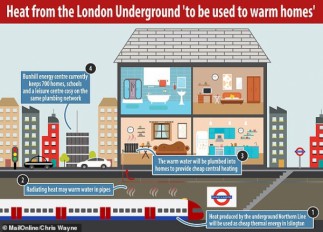
Heat produced by an underground line to warm houses in London
Sep, 05, 2019 | NewsA brand-new innovative plan suggests utilizing heat produced by an underground line to warm houses d...

A Danish wastewater treatment plant produces more energy than it consumes
Jan, 26, 2017 | NewsMarselisborg WWTP has energy self-sufficiency above 100 % and the plant is in fact a power station...
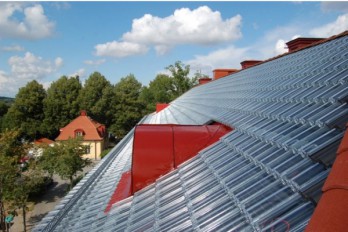
Can glass produce electricity? A Swedish company claims that it can!
Oct, 04, 2017 | NewsThey produce semi-transparent solar panels that can generate solar energy from glass facades, window...
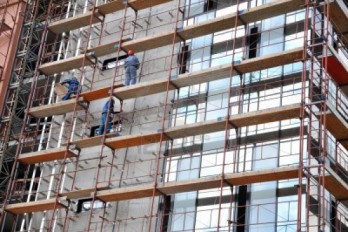
Energy Upgrading In Buildings Saves Billion Euros From Energy Production
Oct, 16, 2015 | NewsThe energy upgrade of EU buildings could save 80-153 billion Euros until 2050 in investment funds th...
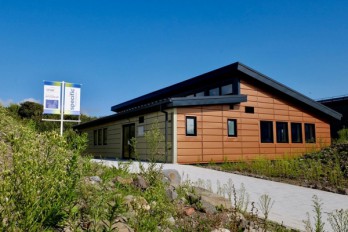
UK’s first energy-positive office opens in Swansea
Jul, 16, 2018 | NewsThe UK's first energy-positive classroom generates more than one and a half times the solar energy i...

Canadian startup launches new underground bulk energy storage system
Jul, 04, 2017 | NewsIt will be the first emission-free compressed-air storage plant It will be the first emission-free...
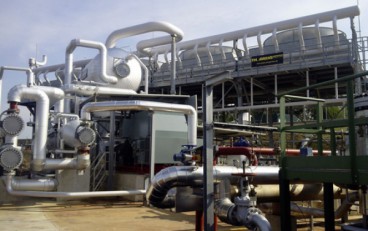
This geothermal power plant in France takes advantage of heat tapped in deep rock, supplying electricity to 3,000 households
Oct, 17, 2017 | NewsThe site was formerly used as a research facility The site was formerly used as a research facility...
The prospects for carbon-neutral buildings
Oct, 27, 2023 | NewsIn the United Kingdom, buildings account for 33% of greenhouse gas emissions and 40% of global ener...
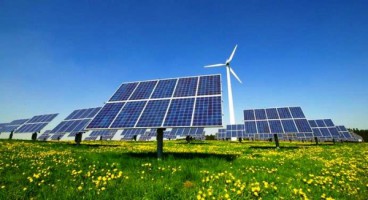
Maybe RES Do Not Need Energy Storage!
Nov, 03, 2015 | NewsRenewable Energy Sources have the largest part in the electrical power that is installed each year a...
Trending

Vertical gardens in Mexico City to combat pollution

Saudi Park Closed After 360 Big Pendulum Ride Crashes to Ground, 23 injured

Characteristics of Load Bearing Masonry Construction

Taipei 101’s impressive tuned mass damper

Dutch greenhouses have revolutionized modern farming

Federal court rules Biden’s offshore drilling ban unlawful


